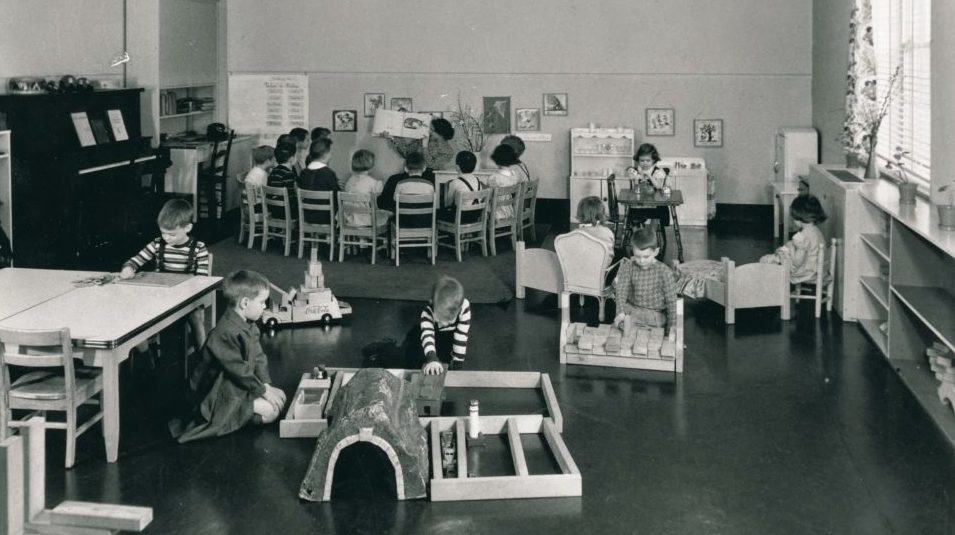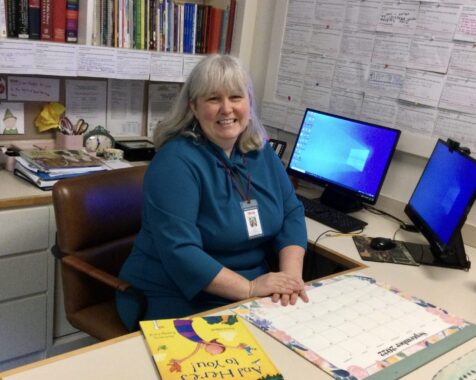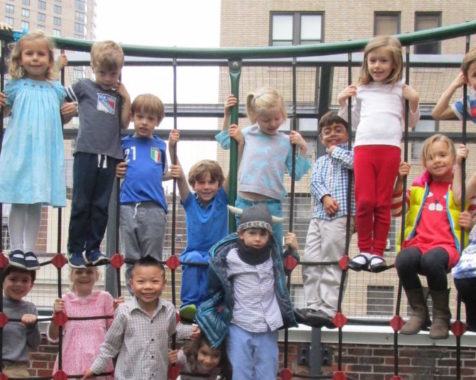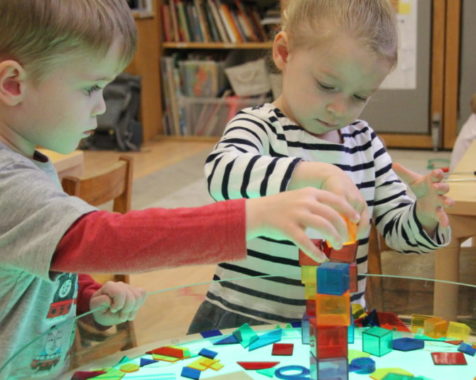Education is a foundational and multi-generational priority at The Brick Presbyterian Church. In the late 1930’s planning began to move the Church from 37th Street to 91st. A central reason for the move was aptly described as, “the cause of the children.” Determined to ensure that the Brick Church remained a family church, and certain in its belief that the future of the Church was inextricably linked to the education of its children, the congregation prepared to move uptown.
Senior Minister Paul Austin Wolfe came to the Brick Church in 1938 and shared in the vision of his new congregation. He was a passionate advocate for education and believed, “We are not merely marking time when we are in school. We are laying the foundations for everything that is essential for our national life.” The new Church was dedicated on April 14, 1940 and provided ample space for the myriad children’s programs that were already integral to the life of the Church, as well as for the creation of a weekday school in furtherance of the Church’s commitment to education.
And so The Brick Church School was founded, the first weekday school in a New York City Presbyterian Church. On October 7, 1940, six children arrived at the Old Parish House to begin nursery school with teacher Mrs. Lane Boutwell. Enrollment grew, and in the spring of 1942, Emily MacCormack became the school’s first Director. At that time, Senior Minister Wolfe asked the Session to approve $500 for the burgeoning enterprise to purchase essential equipment. The teachers made the rest from orange crates salvaged from neighborhood stores. As more mothers of young children became involved in the war effort, the number of students grew, and by 1943 enrollment reached 50.
Around this time, the NYC Board of Health began establishing standards for licensing nursery schools including fire safety requirements. The building’s lack of fire escapes put the thriving School at risk of closure in December of 1946, but two generous acts kept its doors open. First, Mrs. Andrew Carnegie, a Brick Church member and neighbor on East 91st Street, offered to contribute half the expense of the construction of a new Parish House. Second, Brick’s dedicated and flexible teachers spent their Christmas vacation moving their classrooms to temporary quarters, where they would remain for nearly three years.
On October 4, 1949 the children and teachers moved into the well-equipped new space, leaving only the orange crates behind. The School continued to thrive in its new quarters, where it remains to this day. The Brick Church School has benefited from outstanding leadership by each of its directors and ongoing support from the Session and Senior Ministers of the Church.
School Directors:
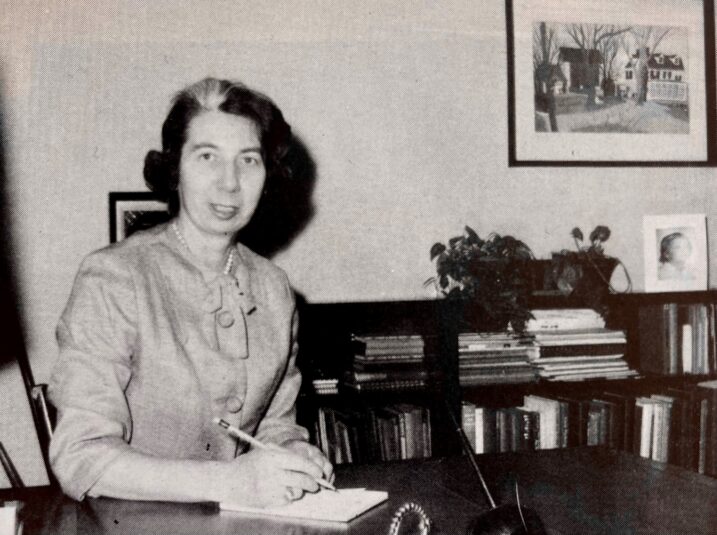
Emily Mac Cormack (1942-1973)
Catherine Woodbridge (Interim 1973-1977)
Joyce Dupee, (1977-1983)
Lydia Spinelli (1983-2019)
Amy Warden (2019-2022)
Marie Fabian (2022-present)
Senior Ministers:
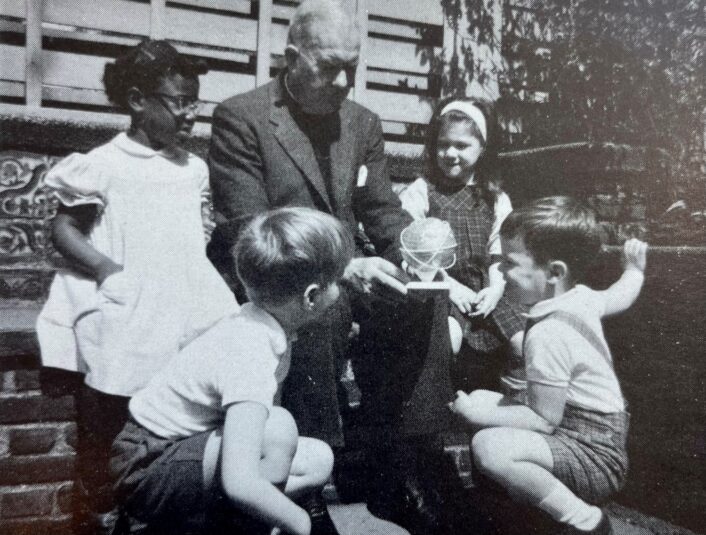
Paul A. Wolfe (1938 – 1964)
J. Reginald Thomas (1965 – 1970)
James S. Stewart (1972 – 1977)
Herbert B. Anderson (1978-2000)
Michael L. Lindvall (2002-2017)
Thomas E. Evans (2020-present)
Under the inspired leadership of Dr. Spinelli for 36 years, and with the strong support of Senior Ministers Anderson and Lindvall during her tenure, the School expanded significantly and made many additions and improvements to its program. Thanks to the support, commitment and generosity of the Brick community, including current and alumni School families, the congregation and leadership of the Church, the Day School Committee, and our tremendously talented and dedicated faculty and staff, the Brick Church School, now in it’s 9th decade of providing an outstanding education to children during their early childhood years, continues to thrive.
